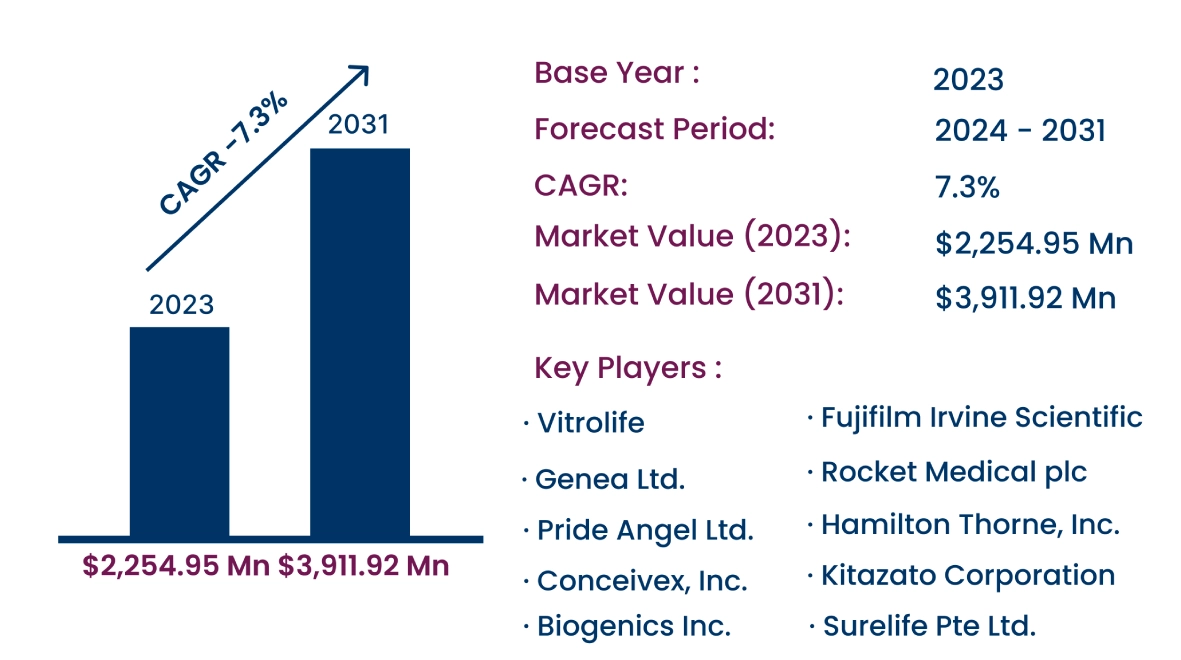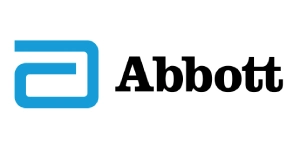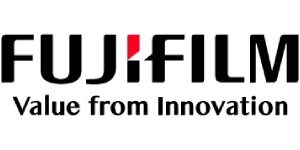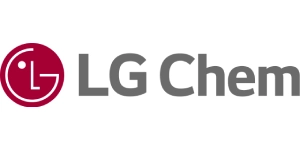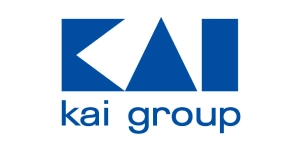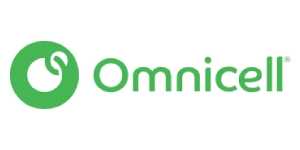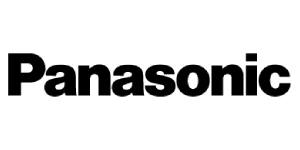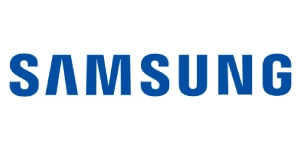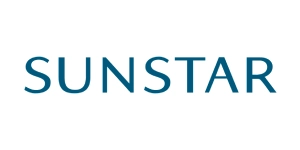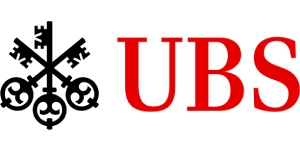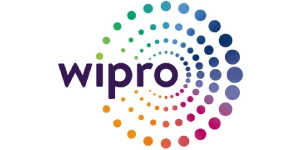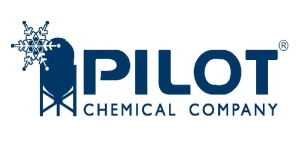Global Artificial Insemination Market Projected to Reach USD 3,911.92 Million by 2031, Expanding at a CAGR of 7.3%
Category : Pharmaceuticals | Published Date : Nov 2024 | Type : Press Release
Artificial Insemination Market Scope & Overview:
As per the Consegic Business Intelligence newly published report, the Artificial Insemination Market was valued at USD 2,254.95 Million in 2023 and is anticipated to reach USD 3,911.92 Million by 2031, growing at a CAGR of 7.3% from 2024 to 2031. Artificial insemination involves directly introducing sperm into a woman's reproductive tract to facilitate conception. It is commonly used in human fertility treatments and animal breeding, with methods such as intrauterine insemination (IUI), intracervical insemination (ICI), and intratubal insemination (ITI), catering to various fertility challenges. This technique is non-invasive, accessible, and cost-effective, making it an appealing option for couples and individuals seeking fertility solutions.
The report comprises the Artificial Insemination Market Share, Size & Industry Analysis, By Type (Intrauterine Insemination (IUI), Intracervical Insemination (ICI), Intravaginal Insemination (IVI), Intratubal Insemination), By Source (Artificial Insemination by Husband (AIH), Artificial Insemination by Donor (AID)), By End-User (Fertility Clinics, Hospitals and Clinics, Home-Based Settings), By Region (North America, Europe, Asia-Pacific, Latin America, Middle East & Africa), and Forecast, 2024–2031.
The report contains detailed information on Artificial Insemination Market Trends, Opportunities, Value, Growth Rate, Segmentation, Geographical Coverage, Company Profile, In-depth Expert Analysis, Revenue Forecast, Competitive Landscape, Growth Factors, Restraints or Challenges, Environment & Regulatory Landscape, PESTLE Analysis, PORTER Analysis, Key Technology Landscape, Value Chain Analysis, and Cost Analysis.
Rising infertility rates globally and increased acceptance of fertility treatments are primary drivers of market growth. However, high treatment costs and limited insurance coverage pose challenges to market expansion.
Segmental Analysis :
By Type, the market is segmented into Intrauterine Insemination (IUI), Intracervical Insemination (ICI), Intravaginal Insemination (IVI), and Intratubal Insemination.
- Intrauterine Insemination (IUI) held the largest market share in 2023, widely adopted due to its higher success rate and cost-effectiveness compared to IVF. This procedure places sperm closer to the egg, increasing fertilization chances, particularly for cases with mild male infertility or unexplained infertility.
- Intracervical Insemination (ICI) is expected to grow at the fastest rate, favored for its affordability and suitability for home-based insemination kits, offering a less invasive approach.
By Source, the market segments are Artificial Insemination by Husband (AIH) and Artificial Insemination by Donor (AID).
- Artificial Insemination by Husband (AIH) held the largest revenue share, attributed to its preference among couples seeking genetic continuity. It is commonly recommended for mild male infertility cases with adequate sperm quality after preparation.
- Artificial Insemination by Donor (AID) is projected to grow at the highest CAGR due to increased demand among individuals and couples with severe male infertility, genetic concerns, or LGBTQ+ families.
By End-User, the segments include Fertility Clinics, Hospitals and Clinics, and Home-Based Settings.
- Fertility Clinics captured the largest market share in 2023, providing specialized and comprehensive fertility solutions with high success rates.
- Hospitals and Clinics are expected to experience rapid growth, expanding their fertility services to cater to the rising demand for reproductive assistance.
Based on regions, the global market is segmented into North America, Europe, Asia-Pacific, Middle East & Africa, and Latin America.
- North America dominated the market in 2023 with USD 854.09 Million, driven by high awareness of fertility treatments and advanced healthcare infrastructure.
- Asia-Pacific is forecasted to grow at the highest CAGR of 9.8%, driven by rising healthcare accessibility and fertility treatment awareness.
| Report Attributes | Report Details |
| Study Timeline | 2018-2031 |
| Market Size in 2031 | USD 3,911.92 Million |
| CAGR (2024-2031) | 7.3% |
| By Type | Intrauterine Insemination (IUI), Intracervical Insemination (ICI), Intravaginal Insemination (IVI), Intratubal Insemination |
| By Source | Artificial Insemination by Husband (AIH), Artificial Insemination by Donor (AID) |
| By End-User | Fertility Clinics, Hospitals and Clinics, Home-Based Settings |
| By Region | North America(U.S., Canada, Mexico) Europe(U.K., Germany, France, Spain, Italy, Russia, Benelux, Rest of Europe) APAC(China, South Korea, Japan, India, Australia, ASEAN, Rest of Asia-Pacific) Middle East & Africa(GCC, Turkey, South Africa, Rest of MEA) LATAM(Brazil, Argentina, Chile, Rest of LATAM) |
Top Key Players & Competitive Landscape :
The competitive landscape of the Artificial Insemination Market includes key industry players focusing on product innovation, research, and development. The analysis profiles major companies and emerging players, examining their strengths, weaknesses, and growth strategies. This includes detailed profiles of leading companies, market share analysis, and insights into recent developments.
List of prominent players in the Artificial Insemination Industry:
- Vitrolife (Sweden)
- Fujifilm Irvine Scientific (United States)
- Genea Ltd. (Australia)
- Pride Angel Ltd. (United Kingdom)
- Rocket Medical plc (United Kingdom)
- Conceivex, Inc. (United States)
- Hamilton Thorne, Inc. (United States)
- Kitazato Corporation (Japan)
- Biogenics Inc. (United States)
- Surelife Pte Ltd. (Singapore)
Recent Industry Developments :
- June 2022: Fujifilm Irvine Scientific licensed AI-driven image analysis technology for IVF success enhancement, expanding its technological capabilities in reproductive health.
